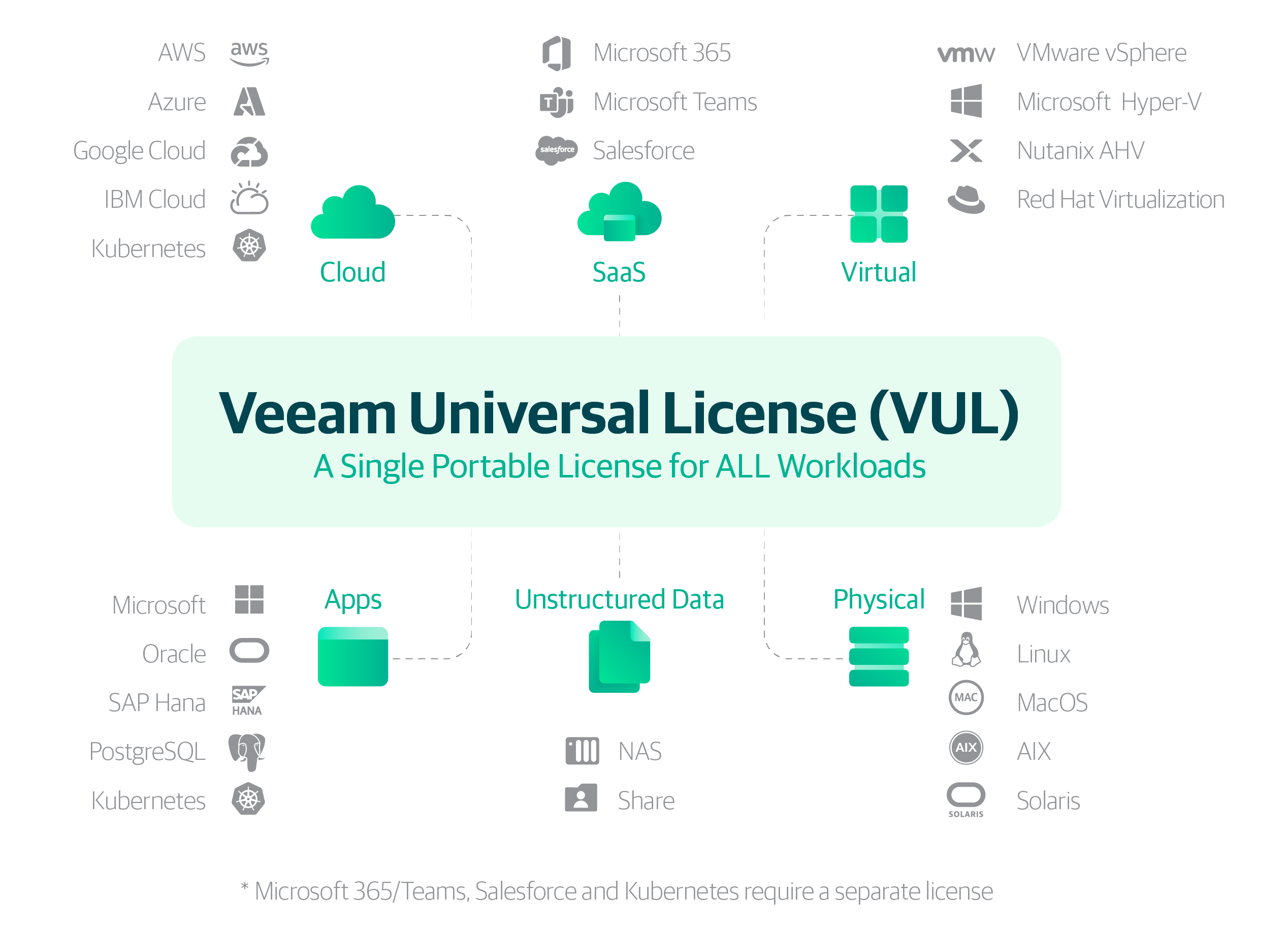

This AWS RDS feature examines your custom and automatic parameters against performance data and other information and generates a suggested course of action or possible configurations to help your application and DB instance run at optimum capacity. These messages will state either Ok, Warning, Impaired, or Insufficient Data to indicate performance and potential problem. Automatic status checks examine overall performance of your DB instances and return failed status checks with specific messaging if an issue is found. Here are a few key tools to help you track top metrics and manage your DB instances. You should understand what IOPS level is optimal for your application and maintain that level for best performance at cost. However you are billed based on IOPS volume and too many IOPS can result in an extraordinary price tag on operations. Your read/ write IOPS (instance operations per second) can have a negative impact on application performance, slowing or completely stalling activity if there are too few. Tracking the number of connections against the DB instance’s capacity (load) allows you to avoid catastrophic data loss, and understand when you need to scale up or create a new database.



When that limit is reached, RDS will automatically reject any input which follows. Each instance allows for a limited amount of internal DB connections. Poor or diminished network traffic may indicate the database is inaccessible due to a misconfiguration or potentially an attack.ĭB connections, DB load. Monitoring this metric can help you determine if an instance’s poor performance is external versus internal. However this does represent an additional cost to you. Monitoring this metric lets you know if and when you need to scale your database to make room for more data.ĪWS allows you to enable auto-scaling for your DB instances. Growing databases will be “crushed” if adequate space is not allowed for new incoming datasets. Inadequate performance of either will drastically slow response time and can lead to application crash.ĭisk space consumption. Especially if you are running multiple servers, instances, or databases within an instance, it is important to track the speed, performance, and volume of your memory, and S + P of your CPU as both of these directly correlate to overall performance of your greater instance. Tracking these vital insights will help you to understand the current health of your DB instances, avoid critical failures, and maintain optimal functionality at all times. This helps to debug multipoint failures, and collect data across all parts of the AWS solution. More generally, database monitoring is a security program which examines and analyzes datasets within an instance to determine operational standing and report on inconsistent or missing data, impaired or degraded processes, and any other problems which may affect instance performance.Īmazon RDS easily connects to PostgreSQL databases which can then export logs to Amazon CloudWatch for easy reference of instance metrics. In AWS monitoring is an automatic procedure which may be performed every five minutes or 60 seconds depending on your need. What is AWS RDS Postgres monitoring?Īs with other database monitoring systems and procedures, Postgres monitoring for AWS RDS DB instances helps to ensure their reliability, availability, and performance. RDS additionally enables 10 instances for SQL Server bases including the Enterprise, Standard, Web, and Express editions. Microsoft SQL Server, 10 instances enabled with pre existing license model. Oracle, 10 instances enabled with pre existing license model, 40 enabled with bring-your-own-license model. AWS currently allows 5 languages, including: Each involves unique features and parameters which help the database run according to the functionality of that language. Users are able to engage the engine of their choice to operate a DB instance. A DB instance is an “isolated database environment running in the cloud.” In other words, it is a discrete data system which exists as a basic component of RDS, and can include either a single or multiple databases on which users are able to run their cloud-based applications. The Amazon Web Service (AWS) Relational Database Service is a program that enables users to create, scale, manage, and generally operate collections of interrelated datasets within the Amazon Cloud. Third-party RDS monitoring AWS RDS Postgres Monitoringįor applications based in Amazon Web Services cloud, tracking and monitoring performance is a critical, but relatively easy, process to undertake to ensure optimum performance and avoid critical failure.


 0 kommentar(er)
0 kommentar(er)
